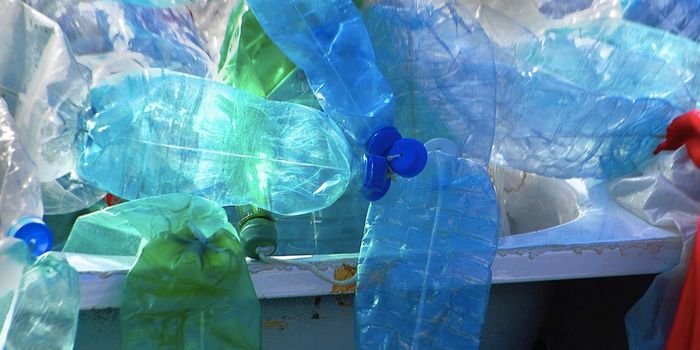Molecular additives enhace solar-to-electrical power conversion efficiency
A new study featured in Soft Matter has demonstrated an innovative technique for enhancing solar cell performance and stability. Entitled, "Elasto-morphology of P3HT:PCBM bulk heterojunction organic solar cells," the study proves that molecular additives can have significant impacts on solar cell function.
The team was led by Ganesh Balasubramanian, P.C. Rossin assistant professor of Mechanical Engineering & Mechanics at Lehigh University, and Joydeep Munshi, in addition to professors TeYu Chien at the University of Wyoming and Wei Chen, at Northwestern University. Together, they examined the molecular properties of solar cells when they are under harsh conditions, such as stretching and compression.
"Based on previous literature, we anticipated that variations in the materials processing parameters would influence the structure as well as the thermal and mechanical properties of these solar cells," says Balasubramanian. "However, the finding that the presence of small molecular additives can augment the mechanical properties is new knowledge gained from this work."
By conducting computational experiments using Frontera, the team was able to show how the addition of molecules to the semiconducting polymer blend improves the overall performance and stability of materials used in organic solar cells. "This could prove crucial towards the commercialization of organic solar cells," says Balasubramanian. The researchers are some of the first to spearhead the use of Frontera in order to create large scale molecular simulations.
Furthermore, the team showed how the presence of molecular additives also affects solar-to-electrical power conversion efficiency. They showed that the addition of molecular additives to the polymeric blends ultimately allows solar power materials to support extreme operational stress-strain conditions all the while maintaining efficient performance.
Balasubramanian concludes, "The research has the potential to provide new directions for scientific practices in this field of materials and energy research."
Sources: Soft Matter, Eureka Alert









